Creating art with charcoal allows artists to explore the rich textures and tones of the wild world in a monochromatic palette that speaks volumes in simplicity. Captivating charcoal drawings of animals bring to life the essence and vitality of wildlife through stark contrasts and subtle gradations. In this article, we will walk through the key steps to master the art of charcoal drawing animals, including selecting the right tools, understanding your subject, perfecting techniques for texture and tone, refining details, and preserving your finished piece.
The Artist’s Arsenal
Choosing the Right Charcoal
When embarking on a charcoal animal drawing, the selection of charcoal is paramount. Charcoal comes in various forms such as sticks, pencils, and powder. For nuanced shading and powerful bold lines, combine different types of charcoal. Vine charcoal offers soft, lighter marks, whereas compressed charcoal, which is harder and darker, adds depth and intensity to the drawing.
Paper and Accessories
The choice of paper affects the final output. Textured paper can enhance the tactile quality of fur and feathers. Alongside paper, certain accessories improve the drawing process. Blending stumps and brushes enable smooth transitions, while kneaded erasers lift charcoal from the paper, helping to create highlights and correct mistakes.
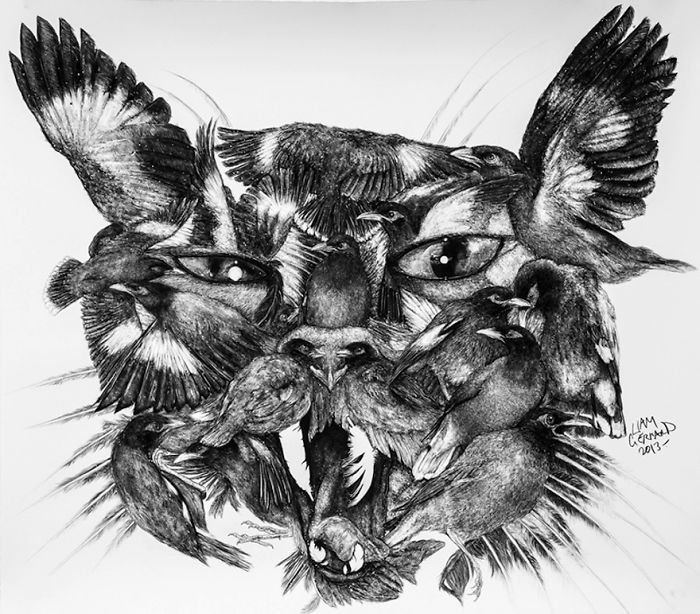
The Foundation of Animal Art
Studying Animal Anatomy
A deep understanding of animal anatomy forms the foundation of any great wildlife drawing. Study skeletons, muscles, and movement to grasp the underlying structure of your chosen animal. This knowledge ensures the drawn animal appears realistic and dynamic, rather than flat and lifeless. Sketch practice poses and movements to get a feel for the anatomy in action.
Capturing the Essence
Beyond anatomy, capturing the essence and character of the animal is what makes a drawing compelling. Observe the quirks, expressions, and behaviors that define the species. For instance, the proud stance of a lion or the playful curiosity of a raccoon can be expressed through posture and facial features. These observations add life and spirit to the charcoal drawing.
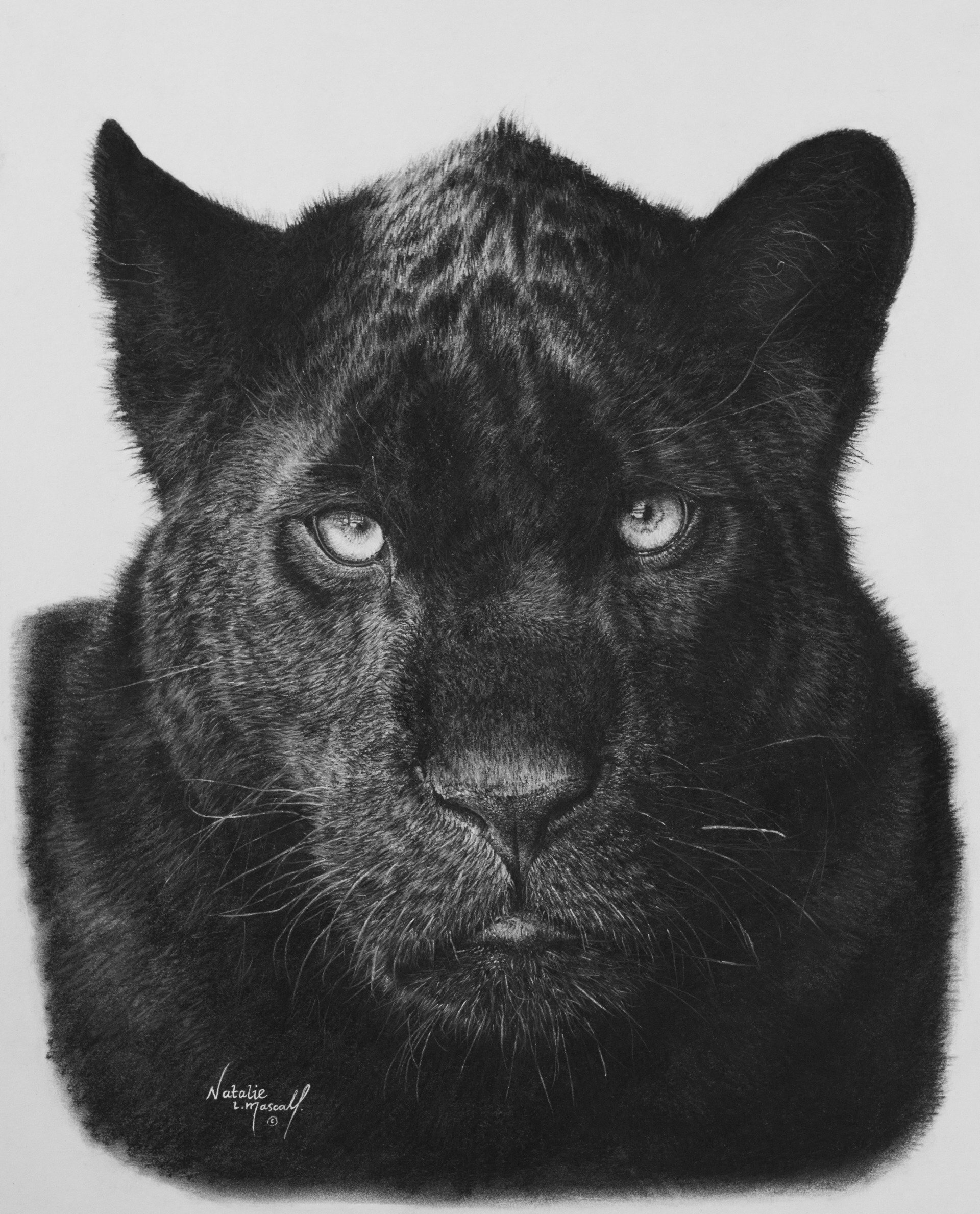
Bringing the Wild to Life
Shading for Volume
Charcoal drawing relies heavily on shading to create volume and form. Use the side of the charcoal sticks to shade large areas, building up layers to add depth. The pressure applied can adjust the darkness, enabling a range of tones from light to shadow. This method is essential for rendering the curvature of animal bodies and faces.
Texturing Techniques
Texture brings a sense of reality to the animal, making fur, scales, and feathers tangible. Short, light strokes mimic fine fur, while longer, directional strokes create the appearance of feathers or longer hair. For scales, individual shapes shaded with a gradient can give a three-dimensional effect. Keep in mind the direction and length of your strokes to maintain consistency and flow.
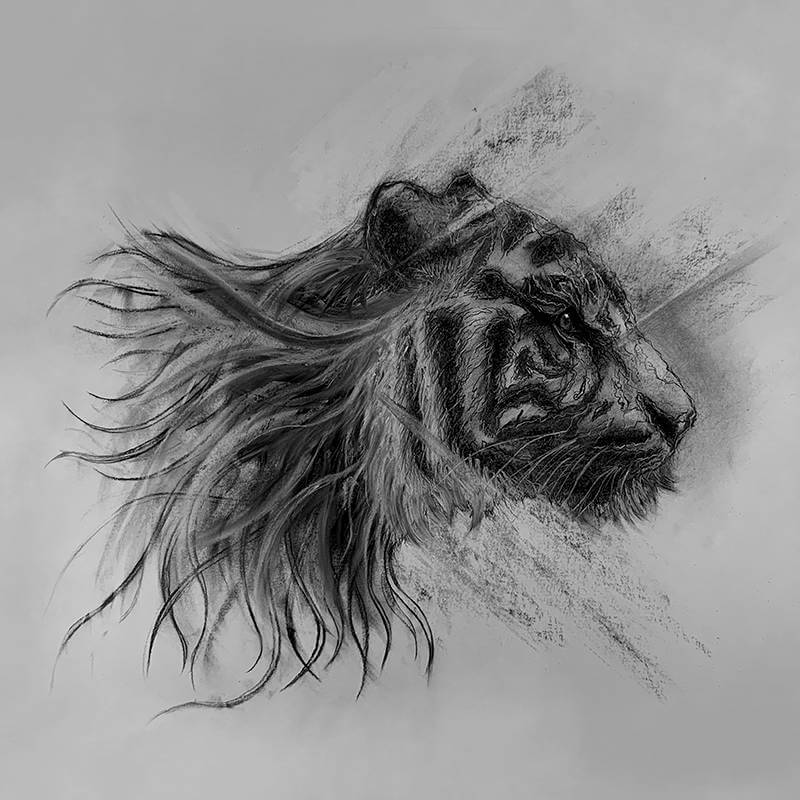
The Devil is in the Details
Fine-Tuning Facial Features
Captivating animal charcoal drawings often have a focus point on the facial features. The eyes, ears, and nose require detailed attention to reflect the animal’s spirit. Carefully shade around these areas, using finer charcoal pencils for precision. White charcoal pencils or a sharp eraser can add highlights to the eyes, bringing them to life.
Contrast and Balancing
High contrast in a drawing can draw attention to a particular area, such as the face or paws, creating a focal point. Balance the composition by adding darker tones to the background or surrounding elements, leading the viewer’s gaze to the main subject. Balancing light and dark areas avoids overwhelming the piece with too much contrast.
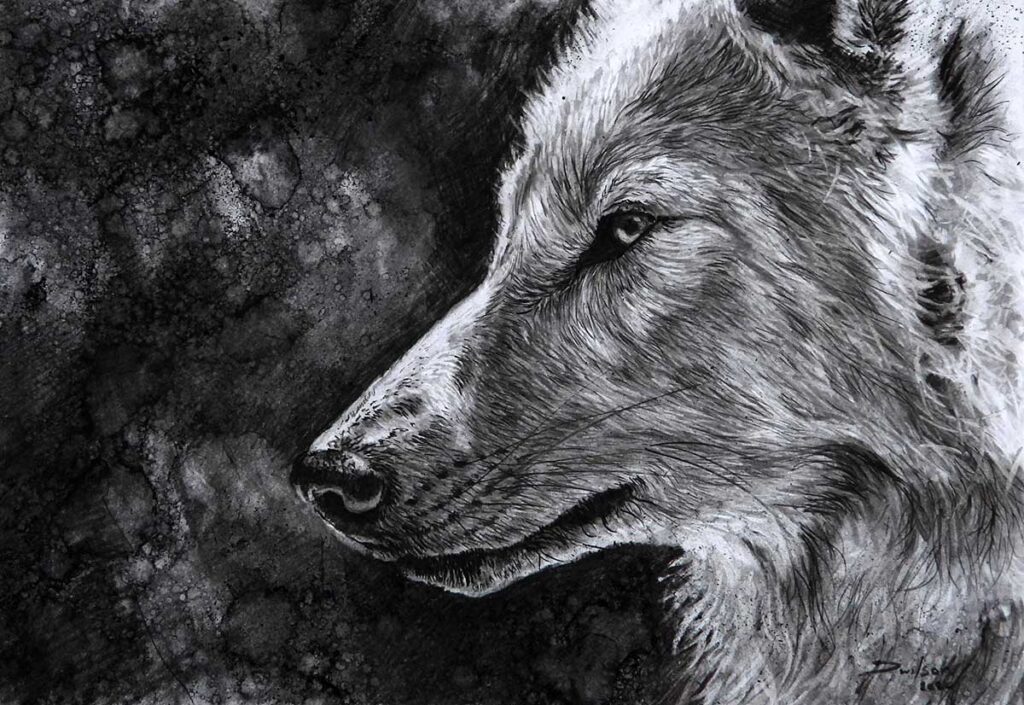
Showcasing Your Artwork
Fixatives: Securing the Drawing
Once satisfied with the drawing, preserving the artwork is crucial. Charcoal is prone to smudging, so applying fixative spray seals the work. However, use it sparingly; over-application can darken and saturate the drawing. Do a test spray on a separate paper with similar charcoal work to gauge the effect before applying it to the original.
Matting and Framing
Presentation matters when showcasing charcoal artwork. Matting isolates the drawing from the frame, preventing it from touching the glass, which can smudge the charcoal. Select a frame that complements the drawing without overpowering it, allowing the animal to stand out. Adequate framing also protects the artwork from environmental factors and ensures it can be appreciated for years to come.
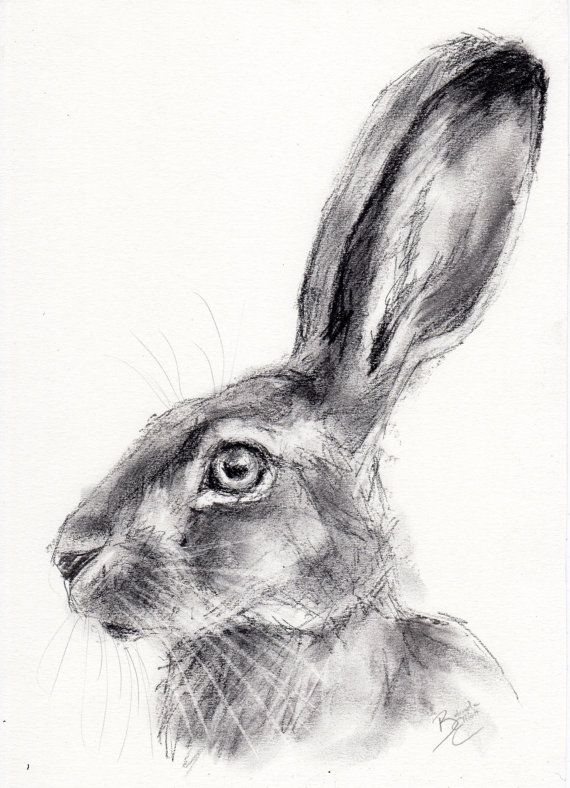
The Art of Adjustment
Transforming Errors into Assets
In the process of working with charcoal, errors and smudges are inevitable, but they don’t have to be setbacks. Instead, these moments can become opportunities for creativity. Learn to work with the smudges to enhance textures or adjust the drawing’s shading. If a certain area appears too dark, use a kneaded eraser to lift the charcoal, creating lighter shades or even highlighting fur patterns and reflections in the animal’s eyes. Embrace the unpredictable nature of charcoal; often, unexpected mistakes can lead to striking effects that give your drawing unique character and depth.
Crafting a Compelling Scene
The Interplay of Light and Shadow
To make your animal drawing truly leap off the page, pay close attention to the composition’s dynamics. The interplay between light and shadow can turn a static image into a scene filled with motion and life. Experiment with dramatic lighting to cast intriguing shadows across the animal’s form, or position your subject against a minimalist background to emphasize its silhouette. The strategic use of negative space around the animal can also suggest movement, environment, or even tell a story without cluttering the scene.
Perspective and Placement
Adding a sense of perspective can elevate the sense of realism in your drawing. Place your animal in a context that interacts with the space around it, whether it’s a lion on the savanna or a bird in flight against the sky. Consider the animal’s placement on the page; off-center compositions can be more dynamic and engaging to the eye. Allow the lines and forms within the drawing to guide the viewer’s attention, ensuring every part of the composition serves the visual narrative you’re creating.
Expressing the Wild Heart
In charcoal artwork, the animal kingdom finds a dramatic expression that captures the heart of wildlife in every smudged line and bold stroke. By selecting suitable materials, understanding the subject, employing effective techniques, and paying attention to detail, artists can produce captivating monochrome pieces that showcase the wild beauty of animals. A well-preserved and thoughtfully displayed charcoal drawing is not just a piece of art; it’s an invitation to view the wild through a lens of intensity and emotion, stirred by the raw power of grayscale.